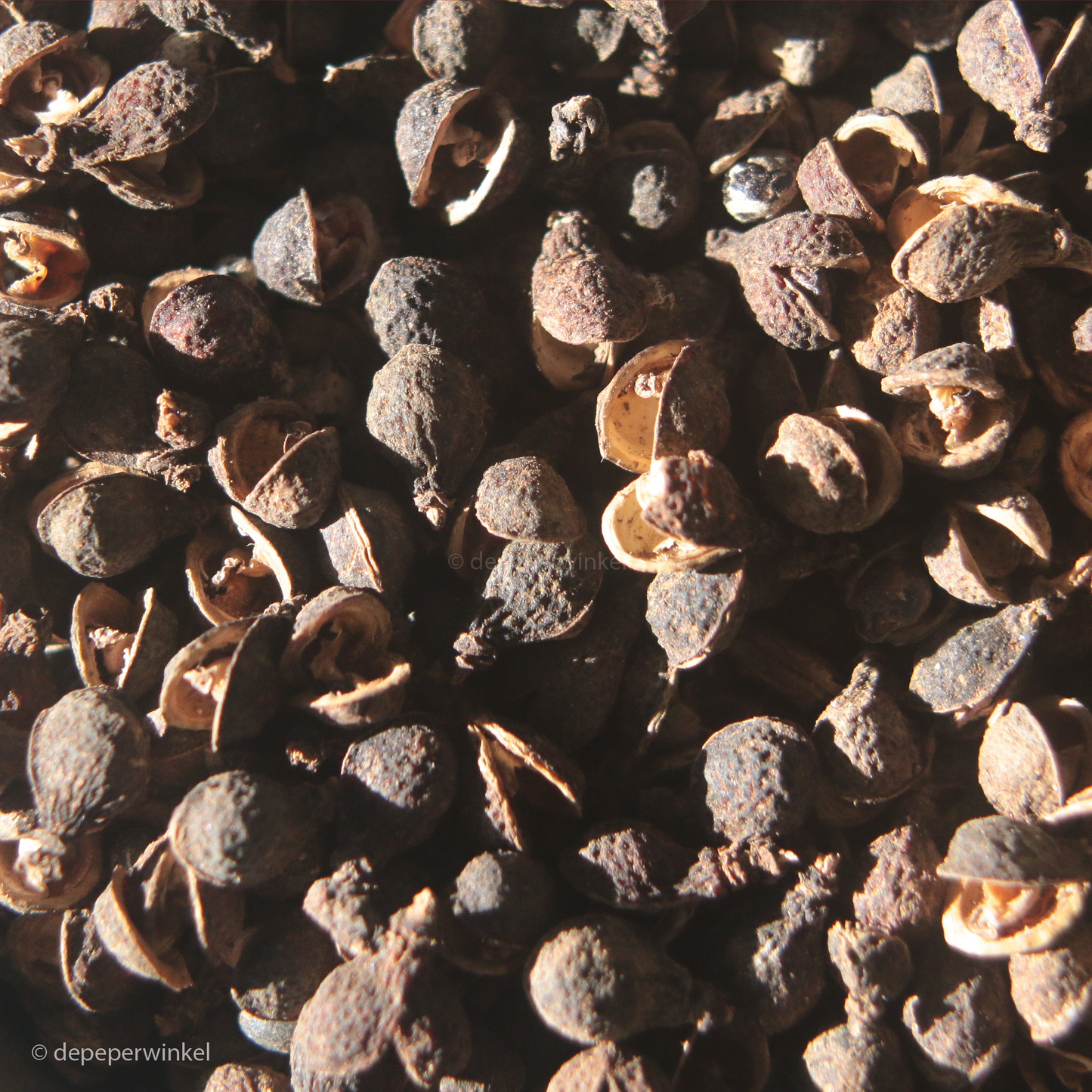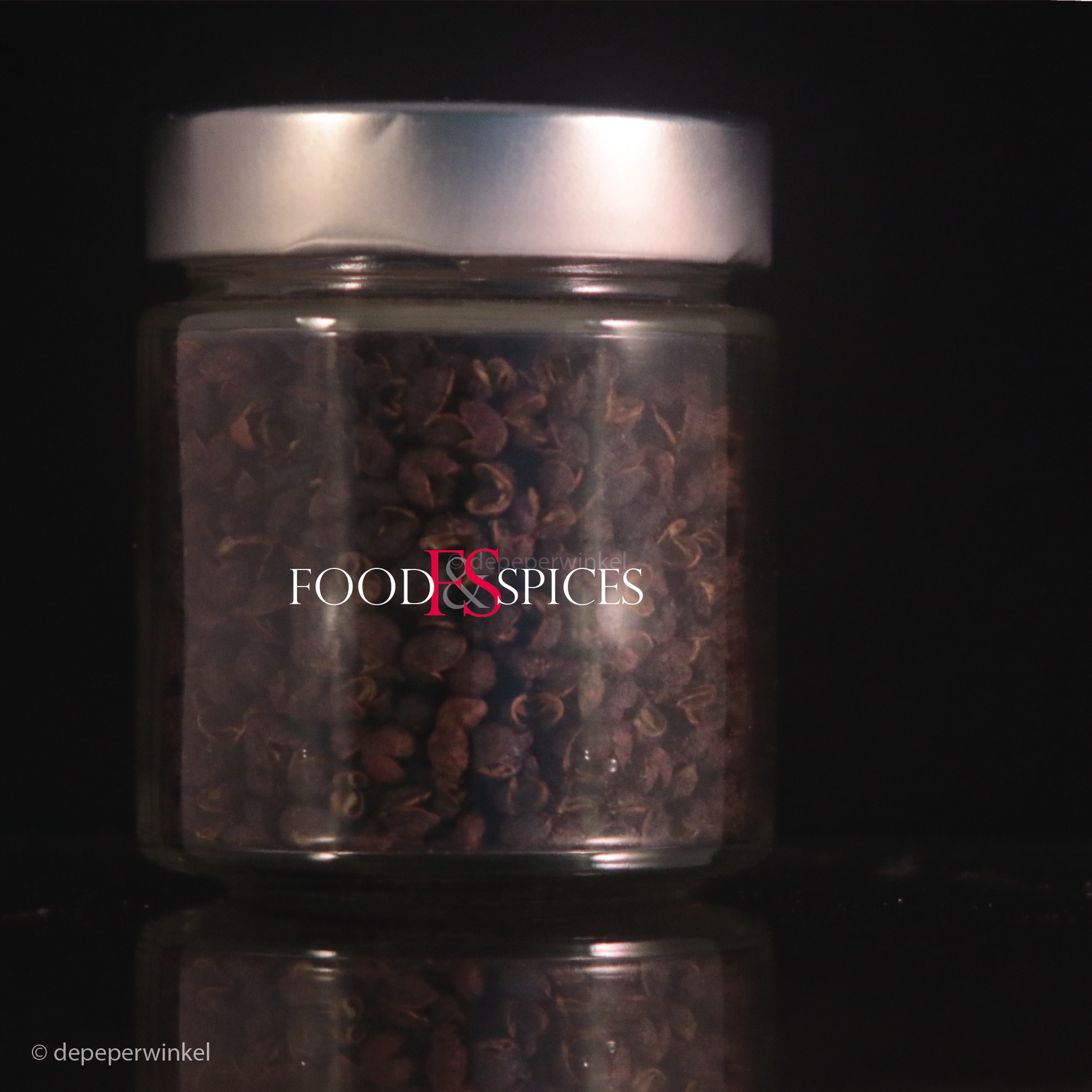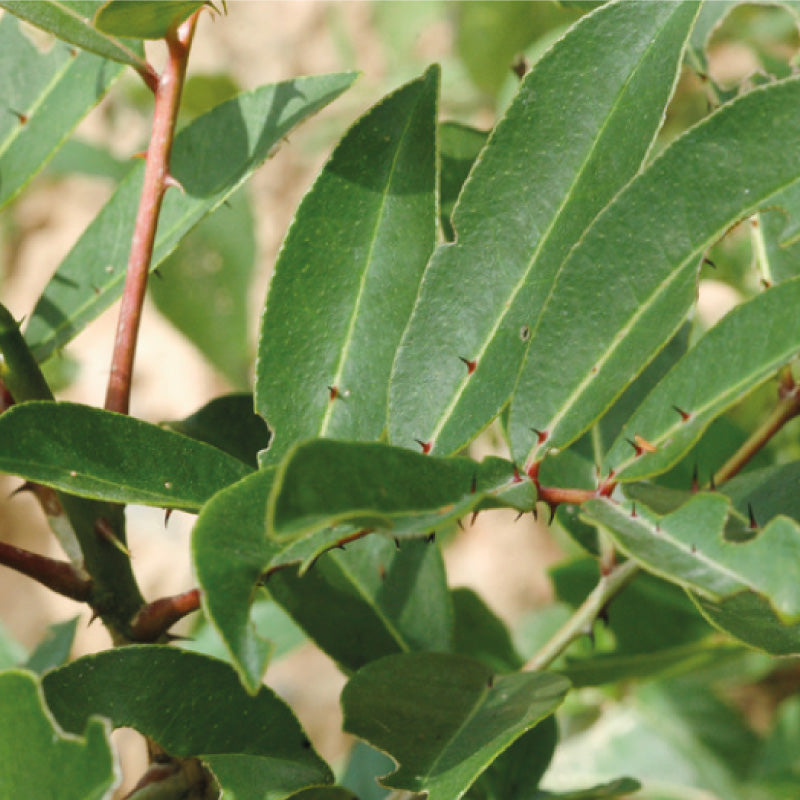depeperwinkel
Igi-ata
Igi-ata
In stock
Unable to load availability for pickup
Several species of Zanthoxylum, a genus that also includes the Asian Szechuan
Other names include baies gangshu, baies de Malam and Bakumba
Exclusive !
Pepper cultivation in Africa is very limited, and this is certainly true for Szechuan
It's a
This is caused by the seeds, which, like those of the andaliman, are more bitter than the pericarp.
The igi-ata is a shrub/tree that grows to about six meters tall and is highly branched. For West Africans, the tree has traditionally been more important as medicine than as food, and for this reason, the species' population is under threat in some countries, such as Benin.
Like other Zanthoxylum plants, the igi-ata's trunk and branches are covered in thorns. Thick, woody thorns on the trunk develop a corky outer layer as it grows, while the branches are adorned with vicious, sharp thorns. Like the leaves of the uzazi, even the igi-ata's leaves are thorny. These thorns are located in the center of the leaf.
The unique sharpness experience of sanshol
Characteristic of all Zanthoxylum
The tingling sensation is accompanied by a mild numbness, jokingly compared to tasting a 9-volt battery. A single berry is enough to experience that! This somatosensation, stimulation by touch, has been used for centuries as an anesthetic in traditional Asian medicine. Its effects are very complex and the subject of extensive studies. Hydroxy-α-sanshol, in particular, is said to cause the tingling, and there are certain parallels with the pungency experienced by capsaicin, the pungent substance in chili
Smell and taste
In Igi-ata, the citrus aroma that characterizes Szechuan
- sabinene, responsible for the woody, camphor-like flavour of black
pepper , among other things - β-myrcene, spicy aroma, with notes of fruits (mango, grape, peach) and mint,
- germacreen D, spicy and woody,
- D-limonene (dipentene), sweet orange flavor, found in modest amounts in nutmeg, mace, and cardamom
- β-caryophyllene, sweet spicy and woody
- decanal, associated with the bitterness of grapefruit and orange peel, also found in buckwheat and coriander
Use igi-ata with products that pair well with citrus such as shellfish and scallops, white fish and chicken, plantains (traditional use), and other fruits.
Usage
Crush the fruit to release the seeds. These are easier to crush than the seed pods, which are best ground. The same goes for whole berries (with seeds). Prepare igi-ata as follows: Rub the berries between your hands to separate the seed pods, seeds, and stems. Remove the seeds if you don't want the bitterness and grind the
Igi-ata is less versatile than the Chinese Szechuan
Features:
- 100% berries of the Zanthoxylum zanthoxyloides
- Origin: Ganshu, Bakumba region, Cameroon
Assortment
- available in glass (30 grams), stand-up pouch and sample bag (approx. 5 grams)
- larger quantities on request
Gift wrapping
- The jar is available in a tasteful gift packaging, consisting of a cube box filled with black tissue paper.
- For an overview of our gift packaging, please refer to the gift packaging section.
General advice
- Igi-ata is a Szechuan
pepper with a typical African signature, mainly used in African dishes or more generally in fairly robust dishes, the spiciness is moderate - store the
pepper in a dark, dry and cool place
Save:
- keep your igi-ata in a closed packaging
- preferably store in a dark, dry and cool place
- best before November 2026 (11-2026)
- This expiration date is an indication
Would you like to know what Igi-ata tastes like?
Batch number
The batch number helps us track which batch an item originates from. It's listed on the packing slip and invoice.
Share











